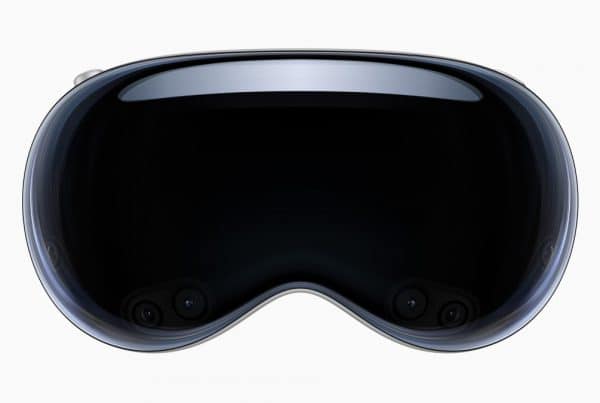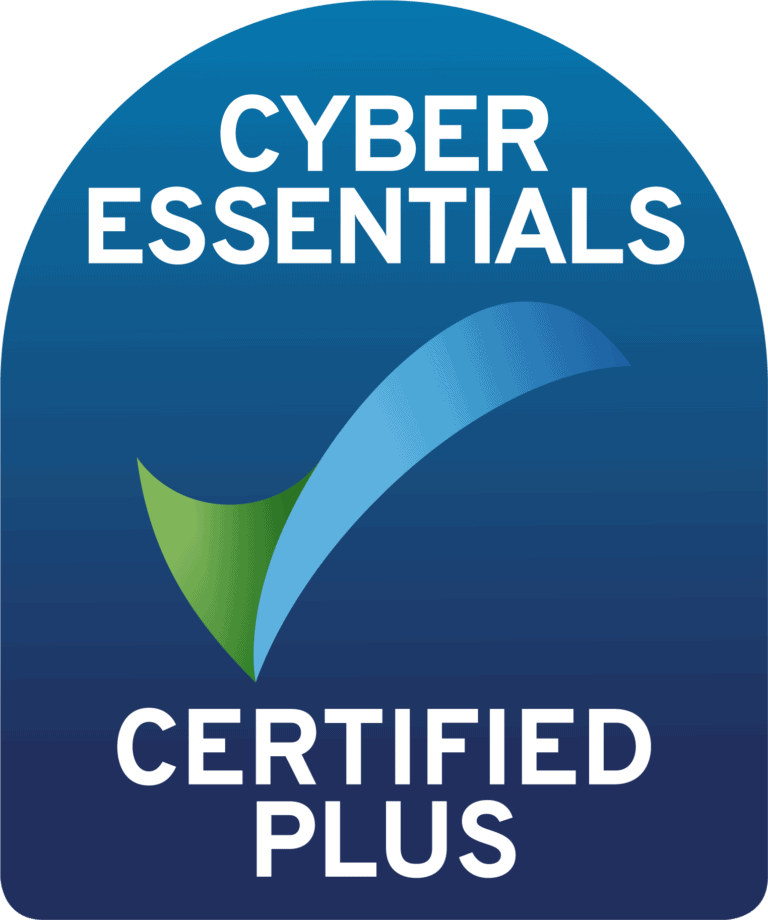Connected devices are pivotal to the future of the utilities sector. IoT is already enabling utilities companies to align supply and demand, secure their infrastructure and enhance customer relationships.
Smart metering in Utilities
Millions of smart meters are installed in business and residential properties, giving customers accurate bills and saving utilities providers the cost of manual meter reading. Smart meters enable utilities to offer innovative new pricing models and branch out into smart home services. In addition at a grid-wide scale, utility companies can use smart meter data to better align supply and demand.
Infrastructure monitoring
But smart meters are just the start. For water and gas utilities, IoT sensors can help detect and isolate leaks from pipelines and tanks. They can also monitor the health of machinery in pumping stations to enable more efficient maintenance scheduling. Monitoring water quality — for pH levels or contamination — can be done remotely, eliminating the need for manual checks.
And the benefits don’t stop there. Using IoT to collect data and monitor your assets helps to secure water supplies and keep
your people safer.
In electricity generation, IoT can monitor the output and condition of wind turbines and solar farms, improving uptime and capacity planning. And in transmission and distribution, smart grid technologies not only provide the kind of real-time monitoring that traditional SCADA systems offer but also support microgeneration inflows from distributed renewables.
Site security
Many of the most important assets in the utilities industry are located remotely: substations, gasometers and reservoirs, for instance. They’re frequent targets for vandals. Smart cameras and connected alarms can offer a cost-effective way to improve security and safety at remote sites. And this is without the expense of manned guards. With Digital Buildings, you can predefine events you want to know about — and only get alerts when you need to action something.







